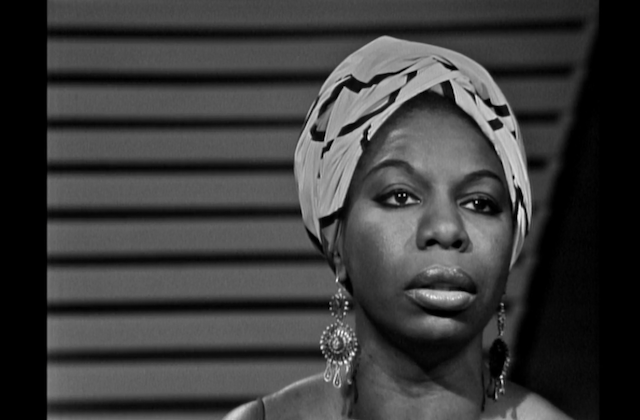Nearly three weeks time after the world got its first glimpse of the trailer for “Nina,” the Internet is still buzzing with words like “colorism” and “blackface” as it struggles to grasp the significance of Zoe Saldana’s portrayal of singer and activist Nina Simone. Now, writer Ta-Nehisi Coates adds a very personal essay to the conversation, aruing that the circumstances that lead to the film are a reflection of the racist and sexist structures that rule the nation.
“Nina Simone’s Face” appears on The Atlantic’s website. Here are a few key passages to get you started.
On his own features:
When I was a kid, I knew what the worst parts of me were—my hair and my mouth. My hair was nappy. My lips were big. Nearly every kid around me knew something similar of themselves because nearly every one of us had some sort of physical defect—dark skin, nappy hair, broad nose, full lips—that opened us up to ridicule from one another. That each of these “defects” were representative of all the Africa that ran through us was never lost on anyone. “Africa” was an insult—African bush-boogie, African bootie-scratcher etc. Ethiopian famine jokes were all the rage back then.
On how his struggle differed from that of the women in his life:
Even back then I somehow knew that it was a boy’s prerogative to be handsome or not in a way that it wasn’t a girl’s prerogative to be pretty or not. Boys had so many other ways of scaling the social ladder—humor, a killer jump-shot, or a reputation for violence—that were unavailable to girls.
On Nina Simone’s legacy:
Simone was able to conjure glamour in spite of everything the world said about Black women who looked like her. And for that she enjoyed a special place in the pantheon of resistance. That fact doesn’t just have to do with her lyrics or her musicianship, but also how she looked. Simone is something more than a female Bob Marley. It is not simply the voice: It is the world that made that voice, all the hurt and pain of denigration, forged into something otherworldly. That voice, inevitably, calls us to look at Nina Simone’s face, and for a brief moment, understand that the hate we felt, that the mockery we dispensed, was unnatural, was the fruit of conjurations and the shadow of plunder. We look at Nina Simone’s face and the lie is exposed and we are shamed. We look at Nina Simone’s face and a terrible truth comes into view—there was nothing wrong with her. But there is something deeply wrong with us.
On the role racism played in casting Saldana for the lead role:
It’s possible that the producers were not, themselves, personally racist. This has no bearing whatsoever on anything. In America, racism is a default setting. To do nothing, to go along with the market, to claim innocence or neutrality, is to inevitably be a cog in the machine of racist hierarchy. The producers of “Nina” are the heirs of this history—not personal racists, but cogs…. But there is something deeply shameful—and hurtful—in the fact that even today a young Nina Simone would have a hard time being cast in her own biopic. In this sense, the creation of “Nina” is not a neutral act. It is part of the problem.
